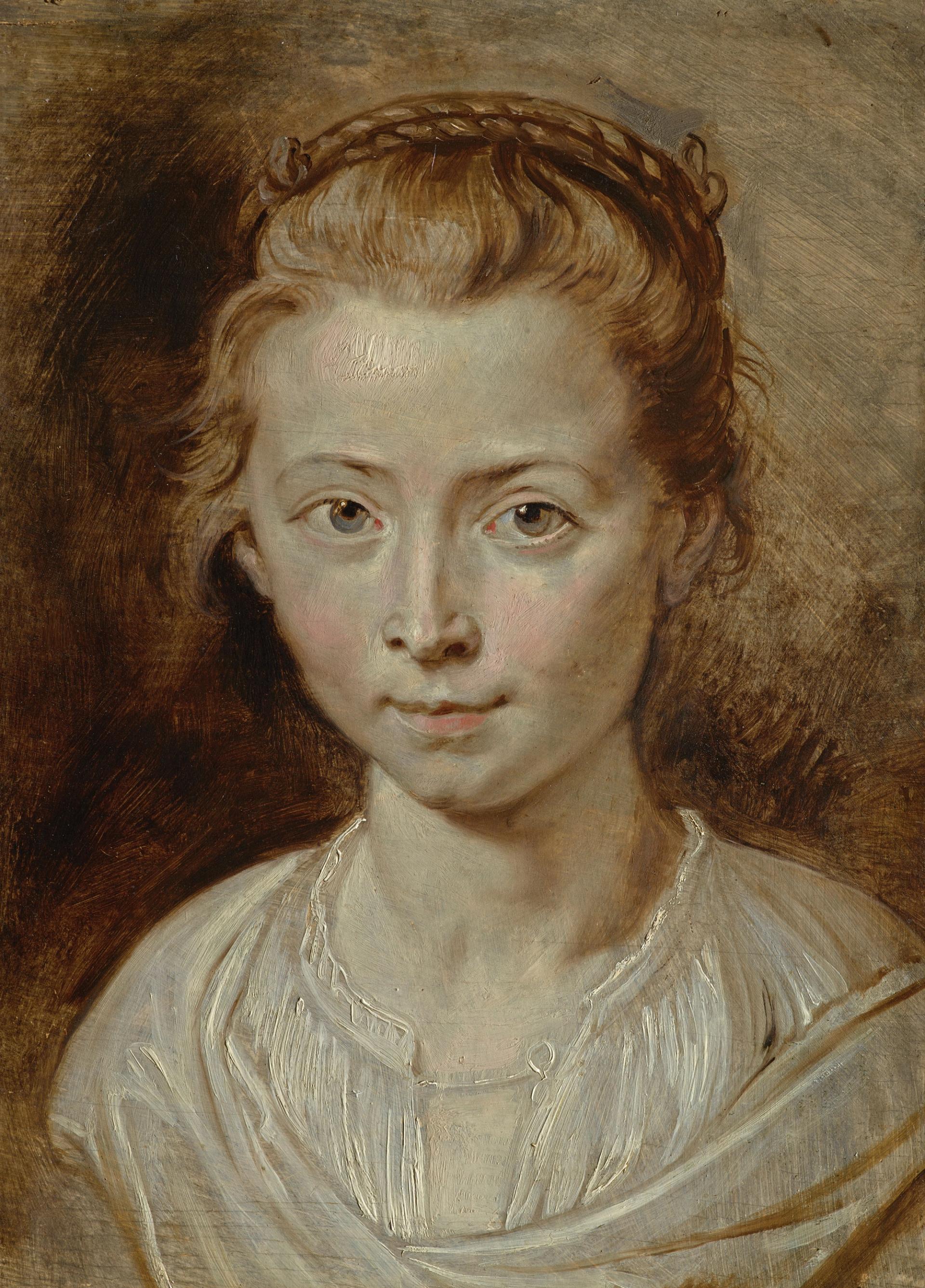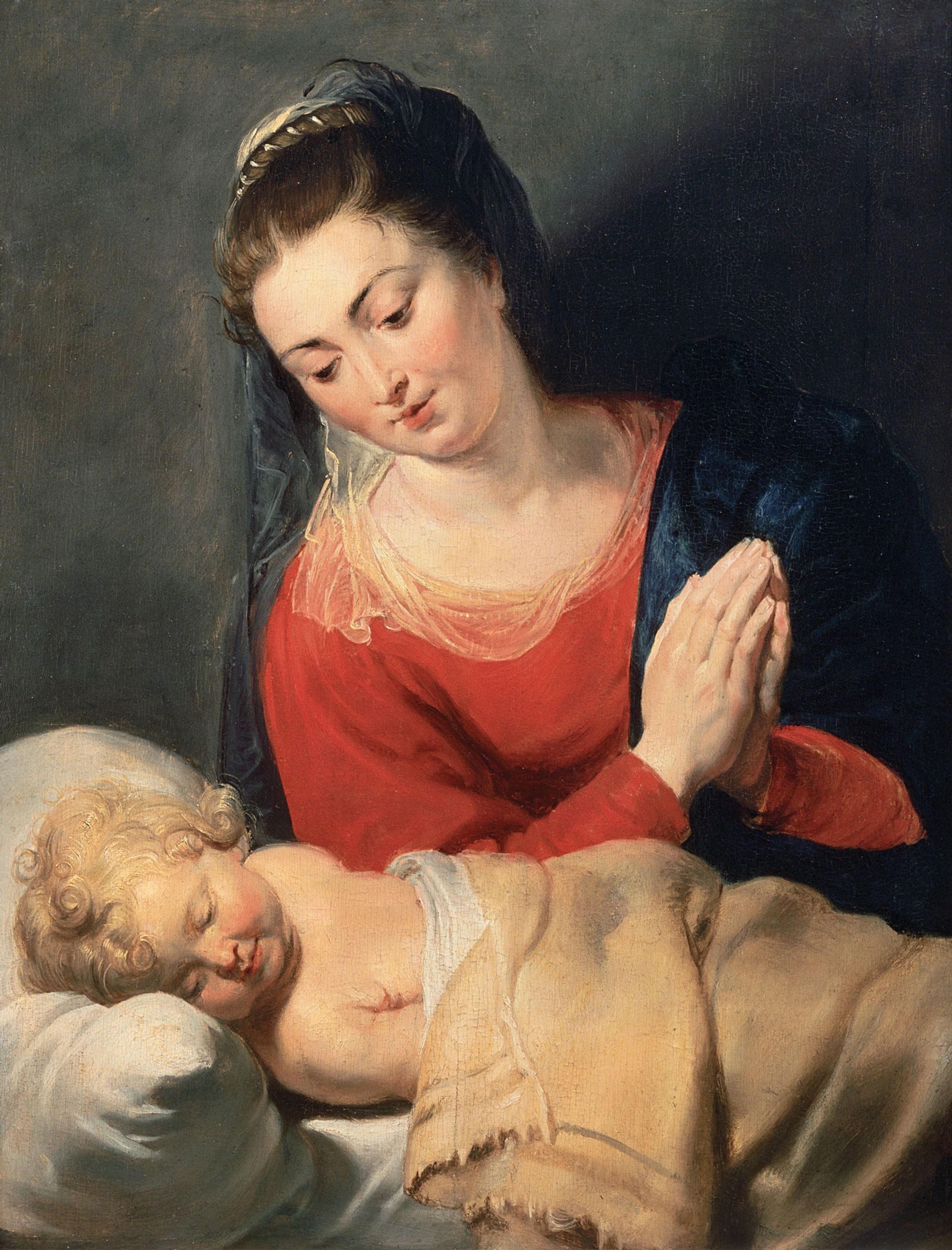At some point in the 19th century, the women depicted by Pieter Paul Rubens became typecast and described in English as “Rubenesque”. The term became shorthand for a voluptuous female body, alluding to the Flemish Baroque master’s penchant for nudes. Rubens’s reputation as a painter of the flesh was reinforced more recently by Facebook, whose censorship of nudity in the artist’s works provoked a complaint from the Flanders tourist board.
It is a perception that the curators of the Dulwich Picture Gallery’s autumn exhibition, Rubens and Women, hope to dispel—or at least complicate. The show is billed as the first to examine the “varied and important place occupied by women, both real and imagined, in [Rubens’s] world”. The theme was inspired by the proliferation of female figures in the gallery’s own Rubens holdings and by the artist’s biography. “The more we looked at Rubens the man, the more we realised how essential women were in the story of his life,” says the art historian Amy Orrock, the exhibition’s co-curator.
Besieged with commissions from the courts of Europe and aspiring artists who flocked to his Italianate palazzo-studio in Antwerp, Rubens once declared himself “the busiest and most harassed man in the world”. And yet, “he still found time to paint over 50 portraits of his family members,” notes Ben van Beneden, the show’s co-curator and former director of the Rubenshuis. “That tells us something about the importance he attached to family life and to his loved ones.”

Rubens's Clara Serena Rubens, the Artist's Daughter (around 1620-23) Private Collection
Tender portraits of Rubens’s first wife, Isabella Brant, and their daughter Clara Serena will appear in the first room of the show. There is a poignant possibility that they were made as memorials: Isabella died, probably of the plague, only three years after the loss of Clara, aged 12. Isabella’s features can also be discerned in the Virgin in Adoration Before the Sleeping Christ Child (around 1618), demonstrating how Rubens infused his religious commissions with observation from life.
Some of the sensuous goddesses and nymphs of the late mythological paintings resemble his second wife, Helena Fourment, whose likeness is captured in a nude study from the Musée du Louvre. This will be displayed alongside nudes inspired by another, no less vital, source: classical sculpture, such as the marble Crouching Venus (2nd century AD) from the British Museum.

Rubens's The Virgin in Adoration of the Child (around 1616) KBC Bank, Antwerp, Snijders&Rockox House
Yet more than simply nude, Rubens’s “type” of woman was powerful, energetic, even courageous. “He often presents his women in heroic ways, at a very dramatic high point of a biblical or historical narrative,” Orrock says. In Diana Returning from the Hunt (around 1615), for instance, the muscular goddess is “posed like an ancient Roman warrior”.
The exhibition’s final section will argue that Rubens’s women were bound up in ideas of war and peace. The artist lived under the shadow of the Eighty Years’ War and advocated for peace as a diplomatic agent to the ruler of the Spanish Netherlands. Against that backdrop, he portrayed ancient Roman goddesses as the idealised “bringers of peace and plenty” and a “life-giving force”, Orrock says. Nowhere is that clearer than in the show’s closing work: The Birth of the Milky Way (1636-38), a feminine creation myth in which the spill of Juno’s breast milk gives birth to the cosmos.
• Rubens and Women, Dulwich Picture Gallery, London, 27 September-28 January 2024


